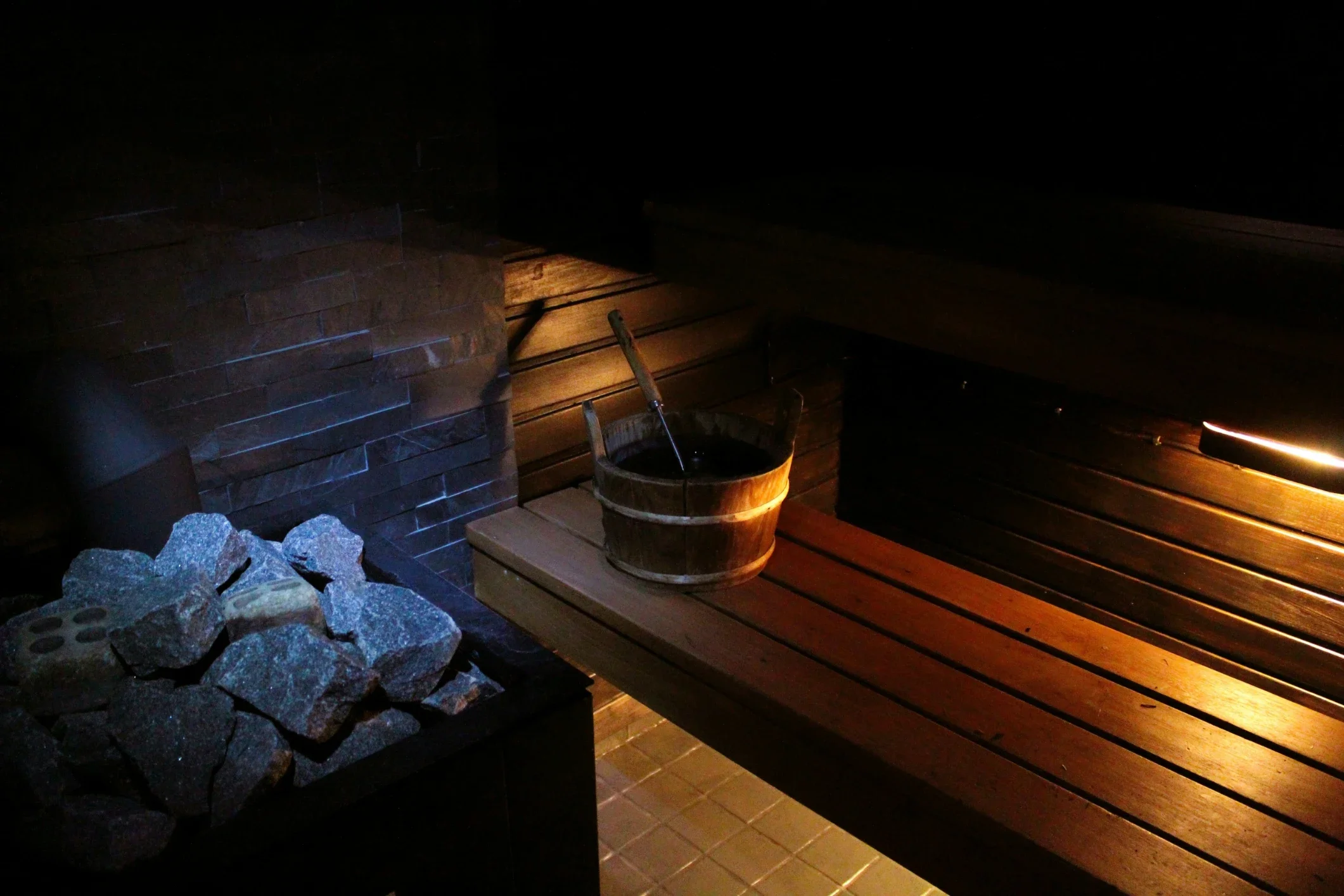Learn How to Cut a Laminate Countertop Easily
Discover step-by-step tips on how to cut a laminate countertop easily. From tools to techniques, this guide will help you achieve a professional finish on your DIY project.
Cutting a laminate countertop might seem like a daunting task, but with the right tools and a little know-how, you can achieve a professional finish without breaking a sweat. Whether you're updating your kitchen, giving your bathroom a facelift, or working on a DIY project, learning how to cut a laminate countertop easily is a skill that will serve you well. So, roll up your sleeves, grab your tools, and let’s dive into this comprehensive guide!
Tools You’ll Need
Before we get into the nitty-gritty, let’s talk about the tools you’ll need. Having the right equipment is half the battle won.
Measuring tape: Precision is key.
Marker or pencil: For marking your cut lines.
Straight edge or ruler: To ensure your lines are straight.
Clamps: To hold the countertop in place.
Circular saw: Fitted with a fine-tooth blade.
Jigsaw: For curved cuts.
Masking tape: To prevent chipping.
Safety gear: Safety glasses, ear protection, and gloves.
Preparing Your Work Area
Creating a safe, organized workspace is crucial. Clear your work area of any clutter, and ensure you have enough room to maneuver your countertop and tools.
Clean the surface: Ensure your countertop is clean and free of any debris.
Set up your workspace: Lay down protective sheets or old blankets to prevent scratching the surface.
Secure the countertop: Use clamps to hold the countertop firmly in place.
Measuring and Marking the Cut
The age-old adage, "measure twice, cut once," holds true here. Accurate measurements will save you time and frustration.
Measure the dimensions: Use your measuring tape to measure the length and width of the area where the countertop will fit.
Mark your cut line: With a marker or pencil, draw a line where you’ll make the cut. Use a straight edge to ensure it’s perfectly straight.
Double-check your measurements: Measure again to confirm accuracy.
Taping the Cut Line
Masking tape is your best friend when it comes to preventing chipping along the cut line.
Apply masking tape: Place a strip of masking tape along the cut line on the laminate surface.
Redraw the cut line: Mark the cut line again on top of the tape.
Making the Cut
Now, it’s time for the moment of truth. Cutting the laminate countertop can be nerve-wracking, but take your time, and you’ll do just fine.
Using a Circular Saw
Set the depth: Adjust the circular saw blade depth to just slightly more than the thickness of the countertop.
Cut from the underside: Flip the countertop over so you’re cutting from the underside. This helps prevent chipping on the laminate surface.
Cut slowly and steadily: Start the saw and let it reach full speed before you begin cutting. Move slowly and steadily along the cut line.
Using a Jigsaw
For curved cuts or detailed work, a jigsaw is ideal.
Drill starter holes: If you’re cutting out a section for a sink, drill starter holes at the corners of your cutout.
Use a fine-tooth blade: Fit your jigsaw with a fine-tooth blade to reduce chipping.
Cut carefully: Follow your marked line, moving slowly and carefully.
Finishing the Edges
After making your cuts, the edges may be a bit rough. Here’s how to smooth them out.
Sand the edges: Use a fine-grit sandpaper to smooth the edges of the cut.
Edge banding: If needed, apply edge banding to cover the exposed particleboard.
Installing the Countertop
With your countertop cut to size, it’s time to install it.
Dry fit: Place the countertop in position to ensure it fits properly.
Secure the countertop: Use screws or adhesive, depending on your specific installation instructions.
Seal the edges: Apply a bead of silicone caulk along the edges where the countertop meets the wall or backsplash.
Common Mistakes to Avoid
Cutting a laminate countertop isn’t rocket science, but there are a few common pitfalls to avoid.
Rushing the job: Take your time to measure accurately and cut slowly.
Using the wrong blade: Always use a fine-tooth blade to minimize chipping.
Not securing the countertop: Ensure your countertop is firmly clamped to prevent movement while cutting.
Skipping safety gear: Always wear safety glasses, ear protection, and gloves.
Conclusion
Learning how to cut a laminate countertop easily is a valuable skill that can save you both time and money. By following these steps, you’ll be able to achieve a professional finish that looks great and stands the test of time. Remember to measure accurately, use the right tools, and take your time. Whether you’re a seasoned DIY enthusiast or a beginner tackling your first project, these tips will guide you to success. Happy cutting!
Frequently Asked Questions
What type of saw blade should I use?
For cutting laminate countertops, a fine-tooth blade is best. This minimizes chipping and ensures a smoother cut.
Can I cut a laminate countertop with a hand saw?
While it’s possible, it’s not recommended. A circular saw or jigsaw provides a cleaner, more precise cut.
How do I prevent chipping while cutting?
Apply masking tape along the cut line and cut from the underside of the countertop. Using a fine-tooth blade also helps.
Do I need to sand the edges?
Yes, sanding the edges smooths out any rough spots and prepares the surface for edge banding if needed.
How do I cut out a sink hole in a laminate countertop?
Use a jigsaw with a fine-tooth blade. Drill starter holes at the corners of your cutout, then carefully cut along your marked line.






























